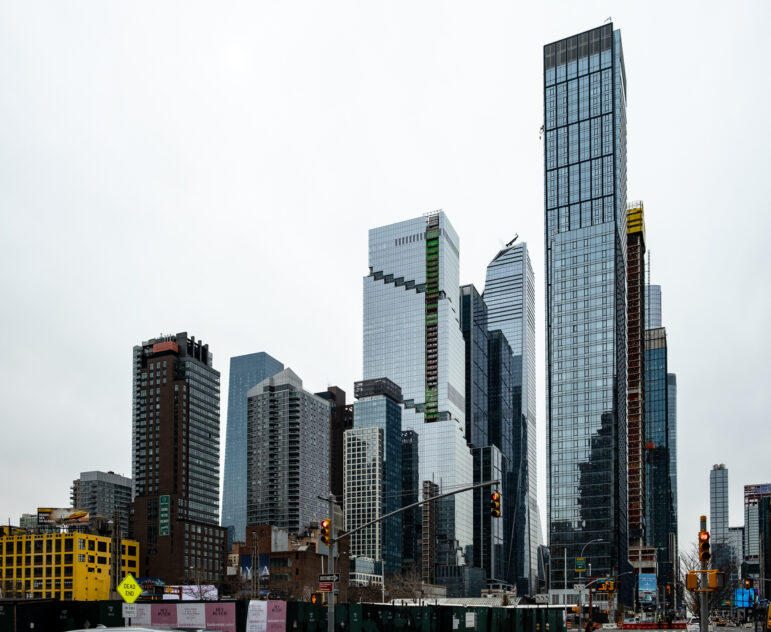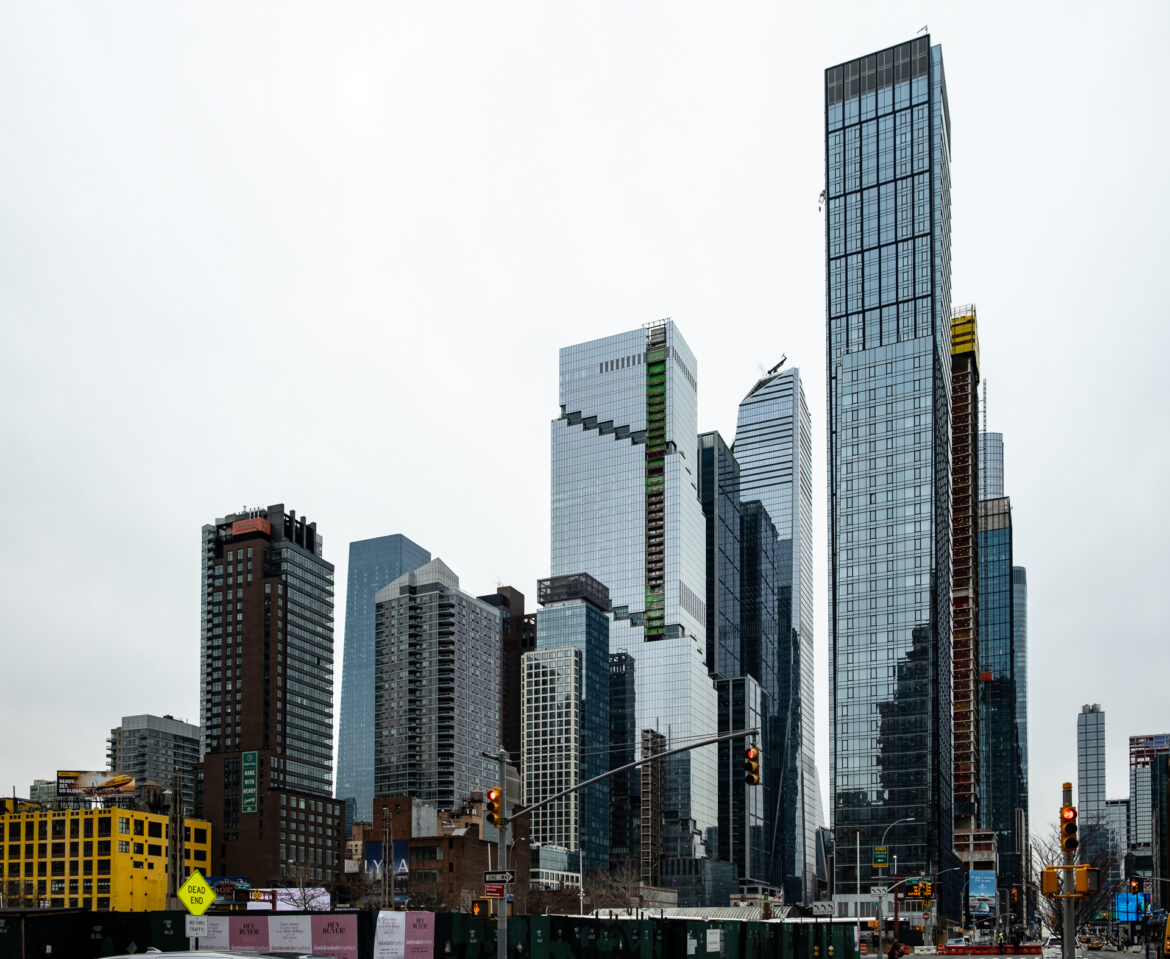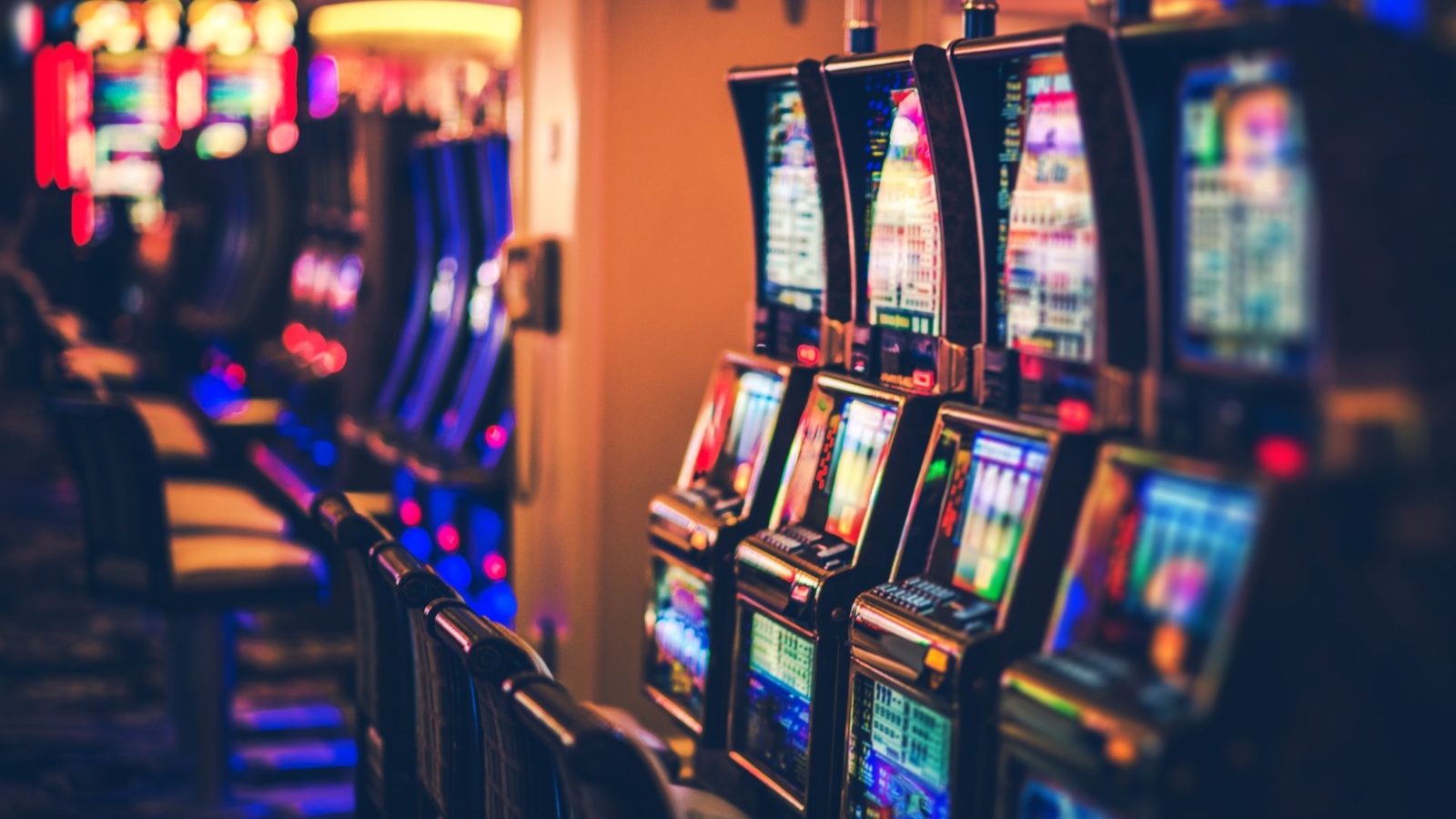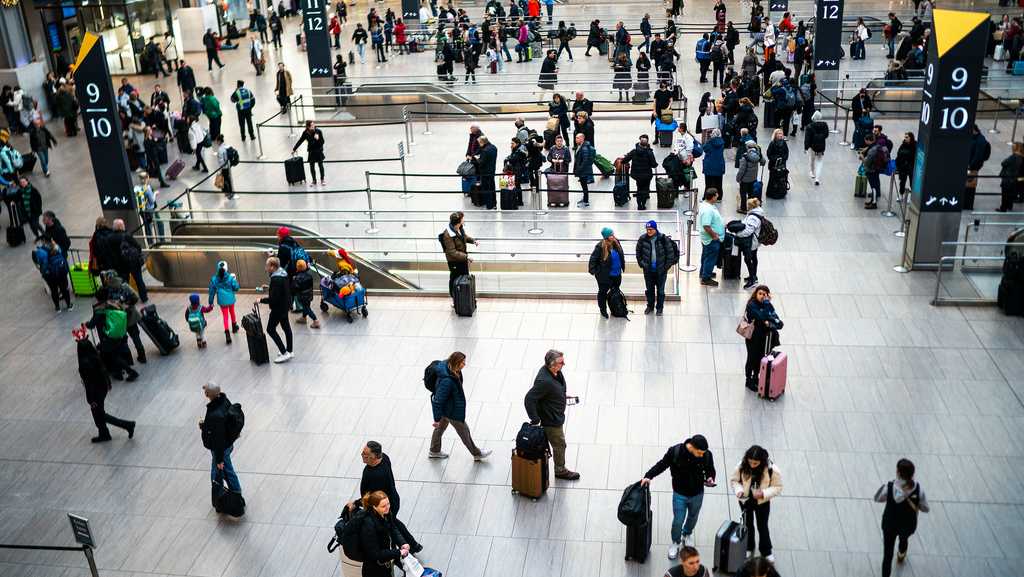NYC Buildings Contribute to Smog, Study Finds
New York City's iconic skyscrapers aren't just contributing to greenhouse gas emissions, they're also adding to the smog that hangs over the city, according to a new study by the Sierra Club. The study, which used a model developed by the U.S. Environmental Protection Agency (EPA), found that building emissions in New York State have increased by 65% from 2016 to 2023.
This means that buildings are contributing to ground-level ozone pollution, which can be dangerous for human health. Long-term exposure to ozone can lead to respiratory illnesses like asthma, as well as cardiovascular issues.

The study found that ozone emitted from buildings across New York State is drifting down to New York City, adding to the city's already poor air quality. The reason for this increase is that building emissions are not being reduced at the same rate as emissions from vehicles and coal plants.
One way to address this problem is to transition to cleaner energy sources, such as heat pumps. Heat pumps are more efficient than traditional boilers and use less electricity to produce heat.
However, this transition is happening too slowly, according to Josh Berman, Senior Attorney at the Sierra Club. While gas hookups in new construction are being phased out, the law will only apply to larger buildings starting in 2027.
The Sierra Club's study highlights the urgent need to speed up the transition to cleaner energy sources. Buildings already contribute a significant amount to climate change in New York City, and now we know that they are also adding to ozone pollution.
What Can Be Done?
- Transition to cleaner energy sources: This includes switching from fossil fuels like propane, fuel oil, and methane gas to heat pumps.
- Reduce energy waste: Many buildings in New York City still use their boilers to provide hot water, even in the summer. This wastes energy and contributes to pollution.
- Promote energy efficiency: Encourage building owners to invest in energy-efficient upgrades, such as better insulation and more efficient appliances.
By taking these steps, we can reduce building emissions and improve air quality in New York City.


























Comments
Join Our Community
Sign up to share your thoughts, engage with others, and become part of our growing community.
No comments yet
Be the first to share your thoughts and start the conversation!